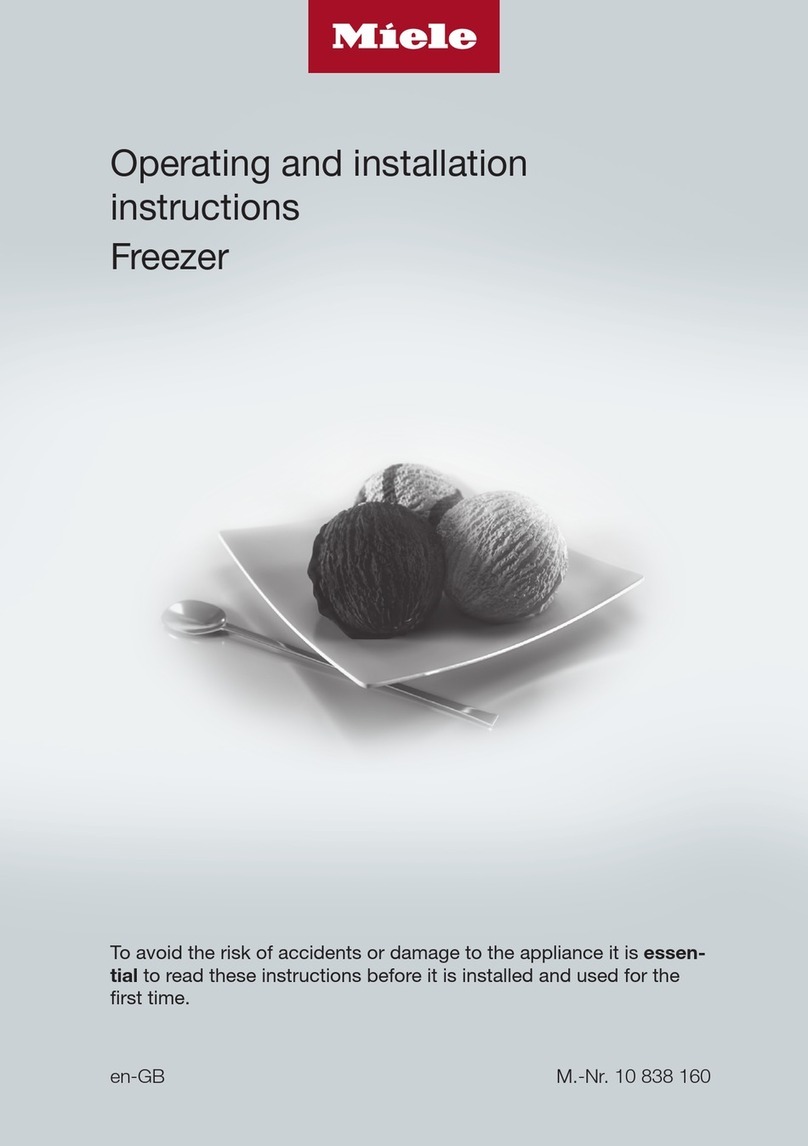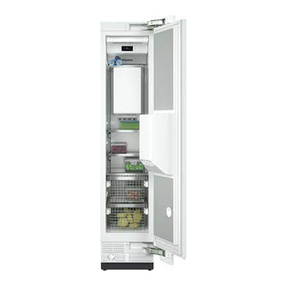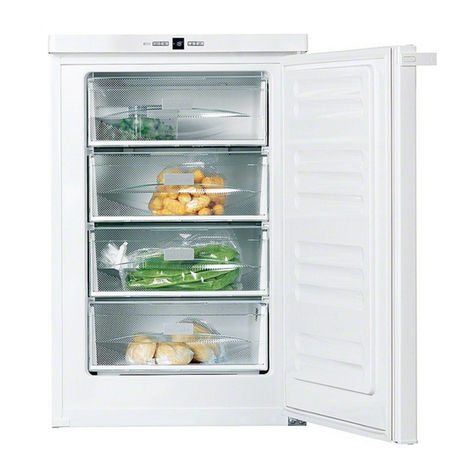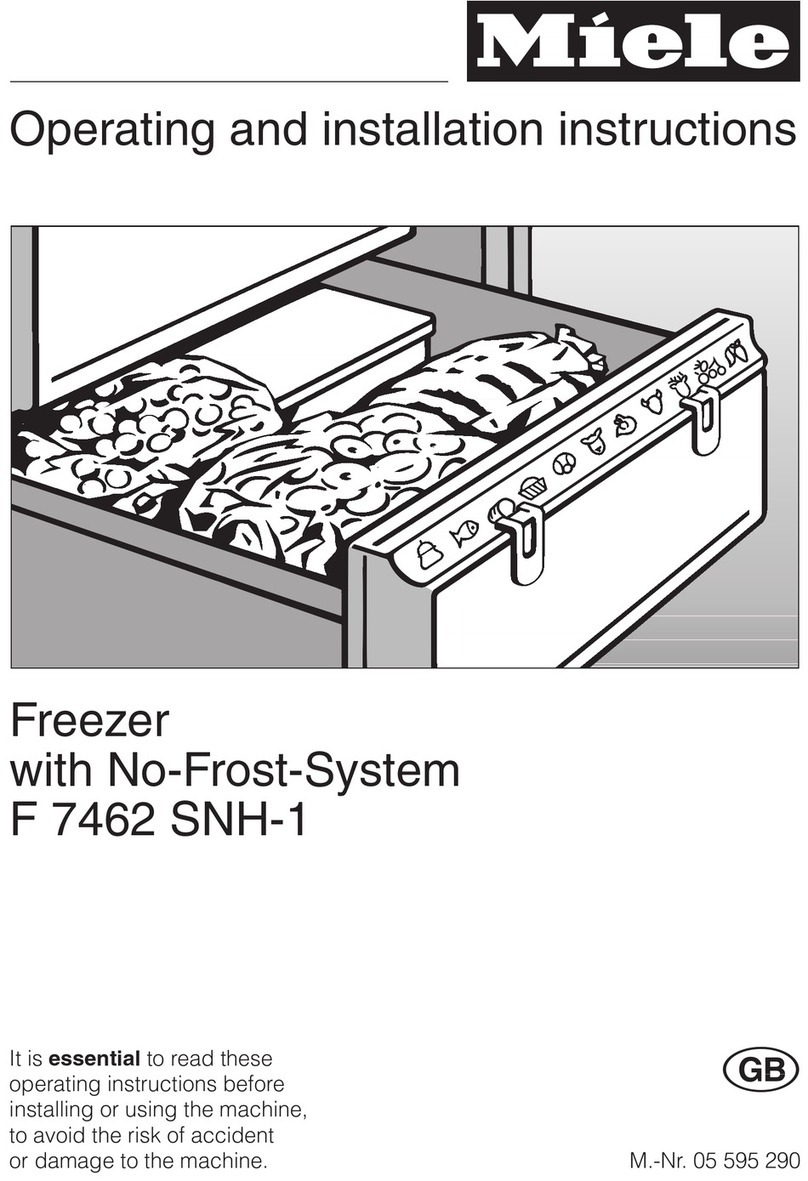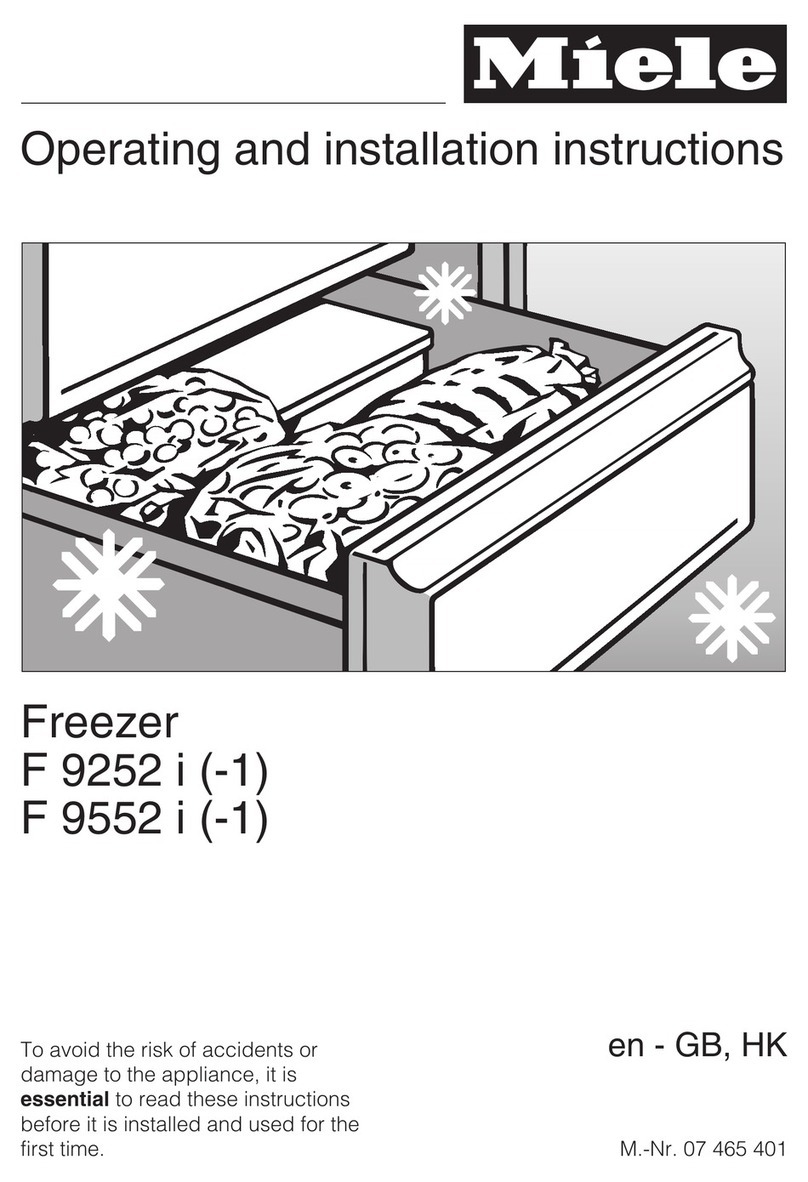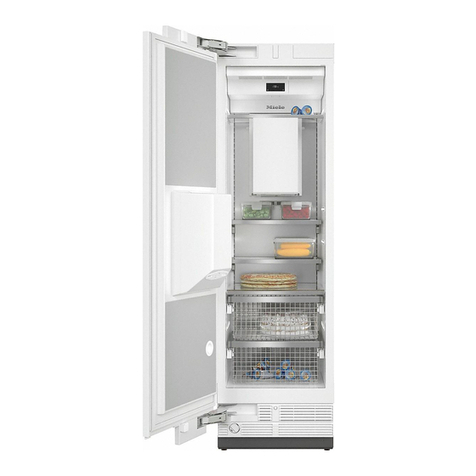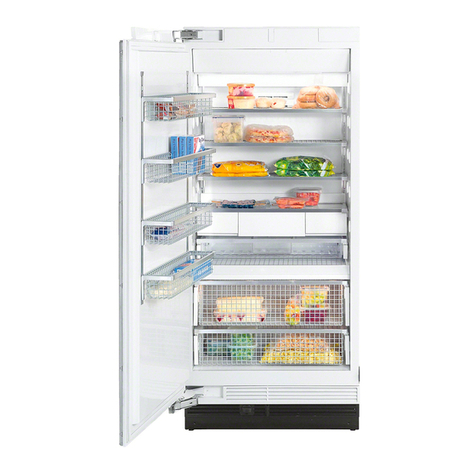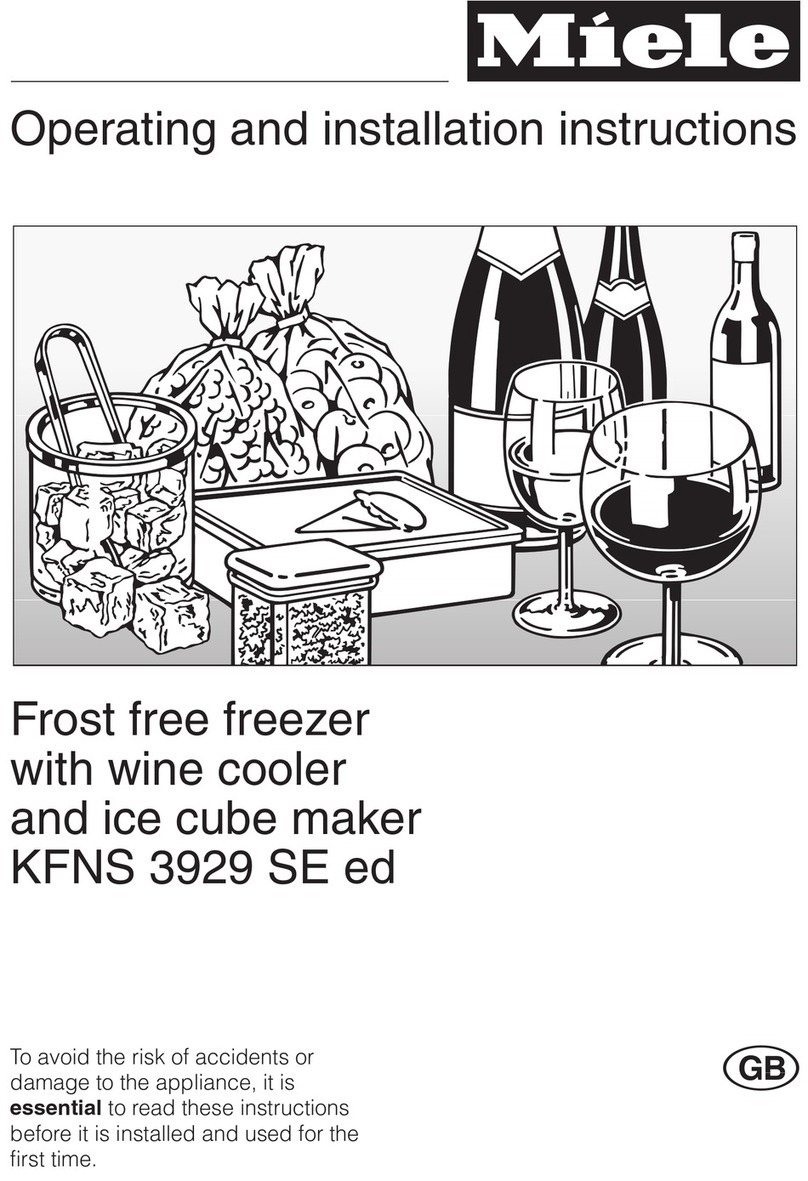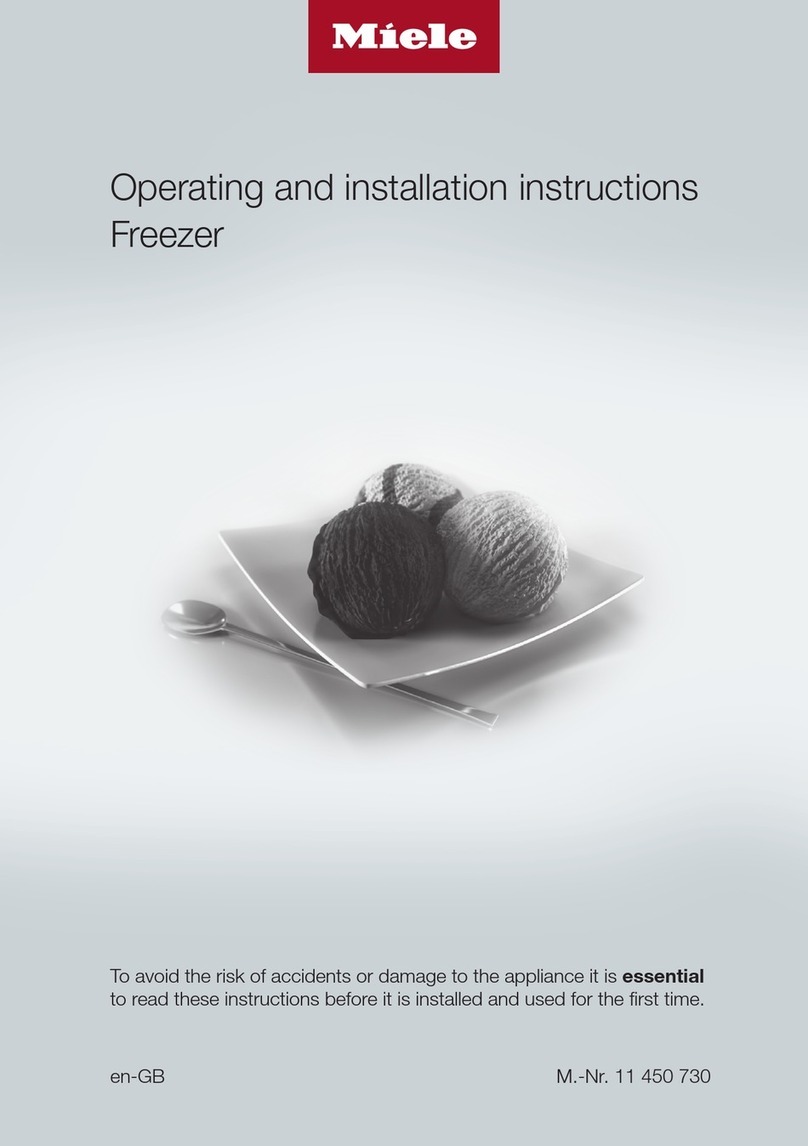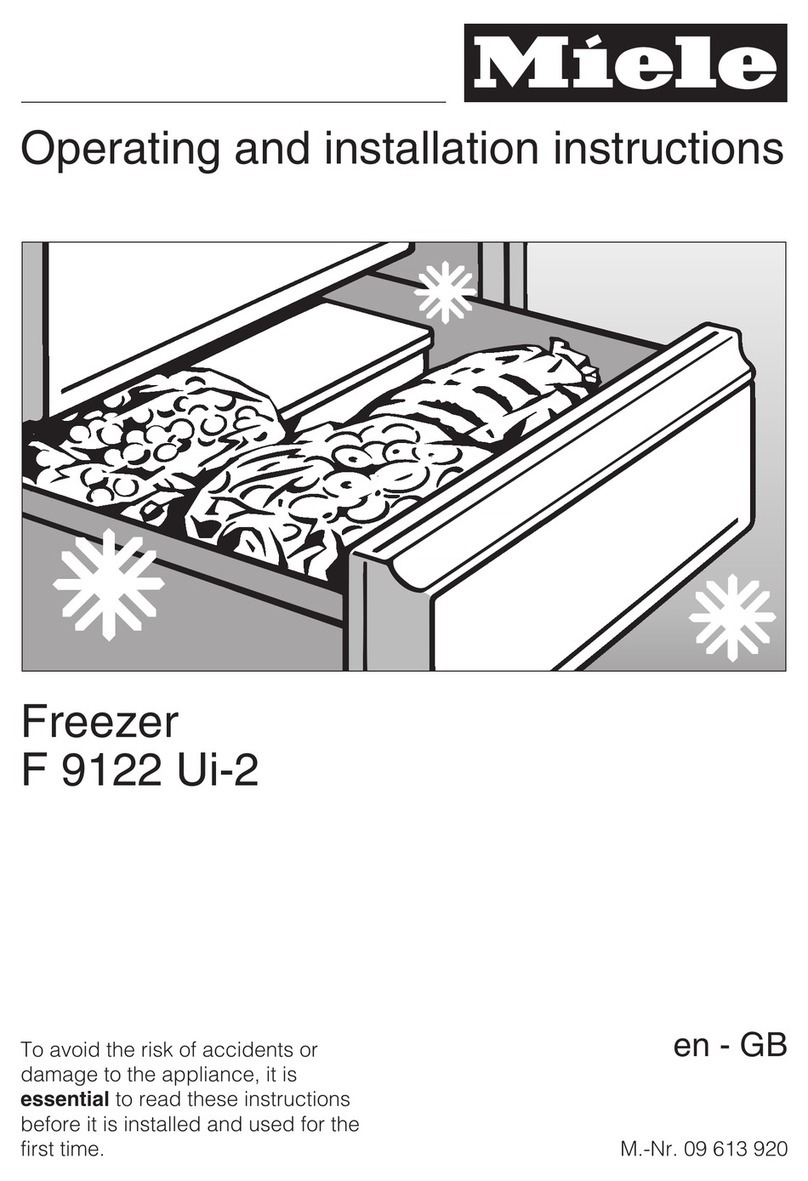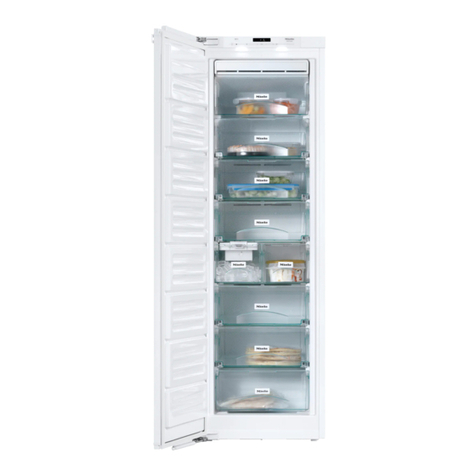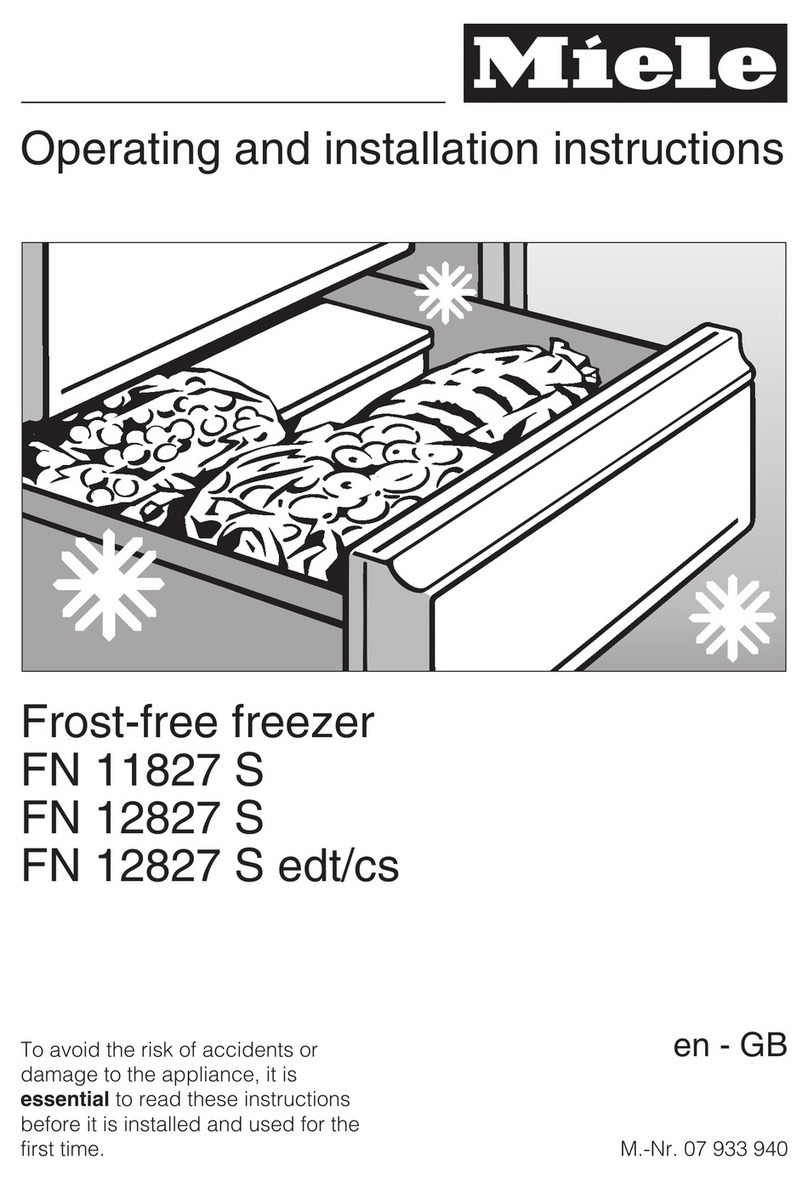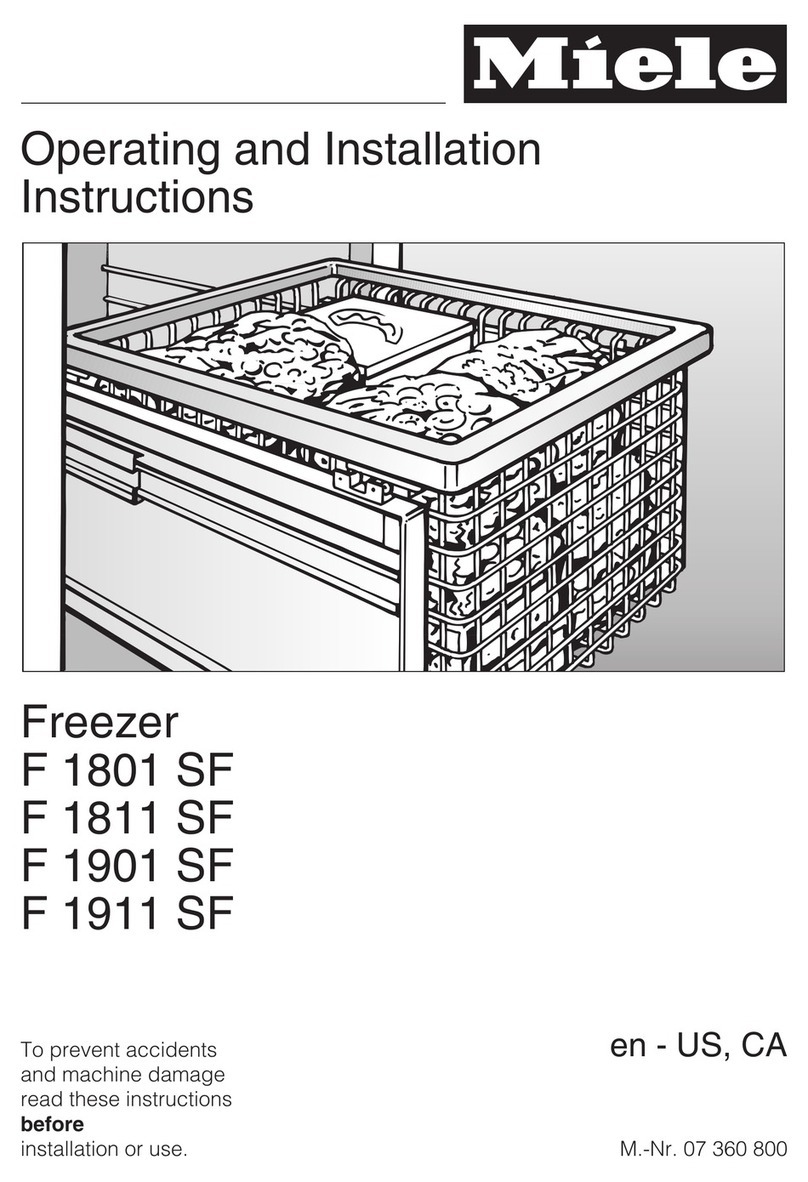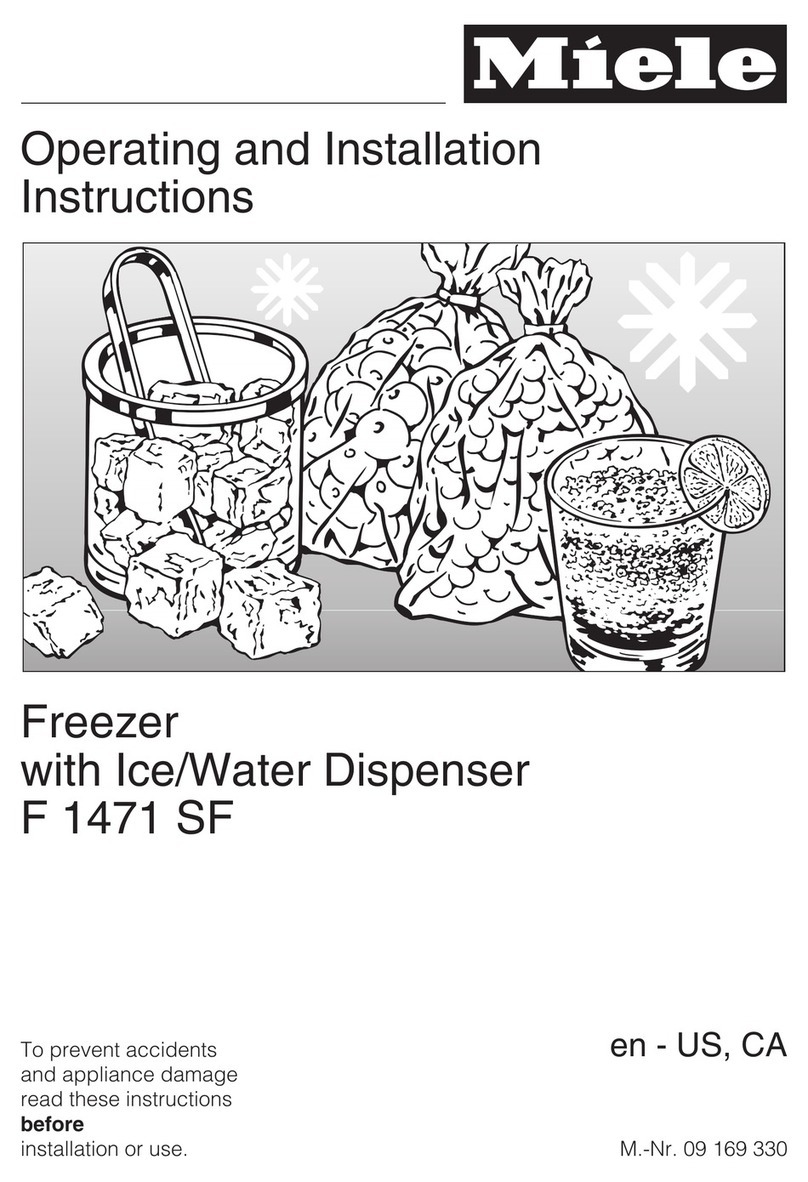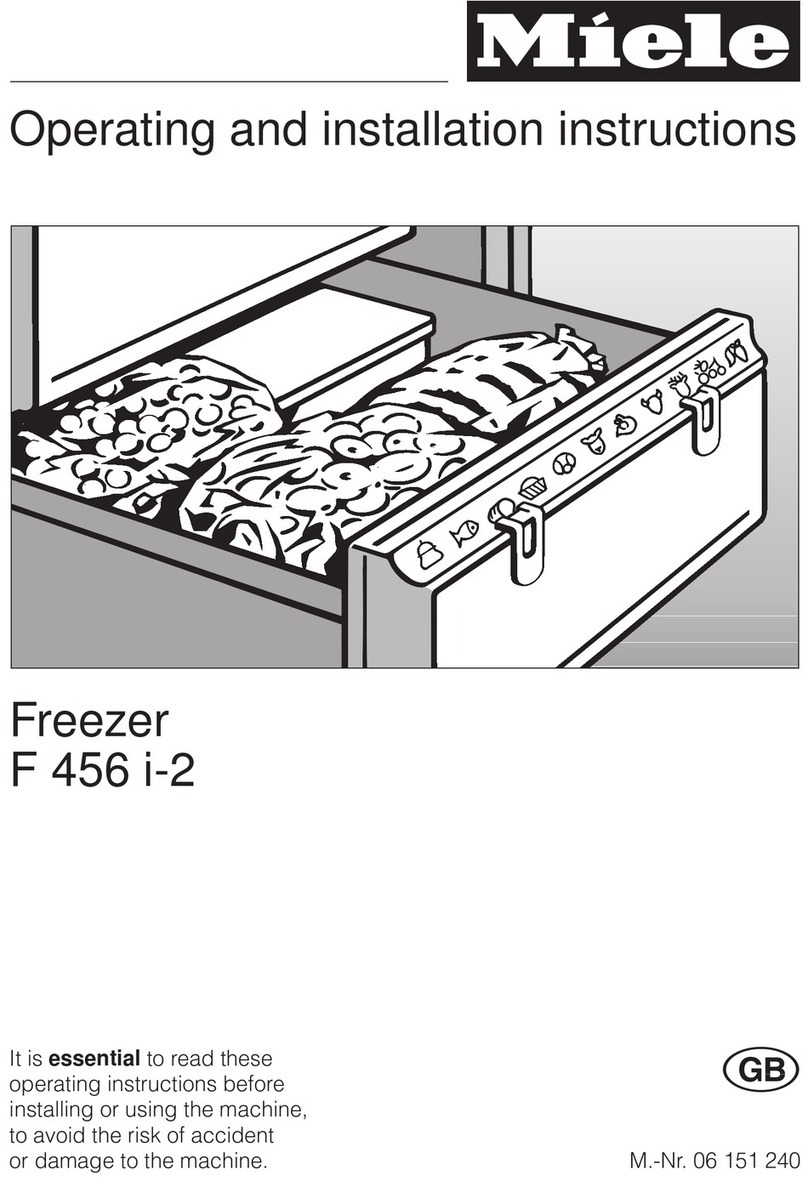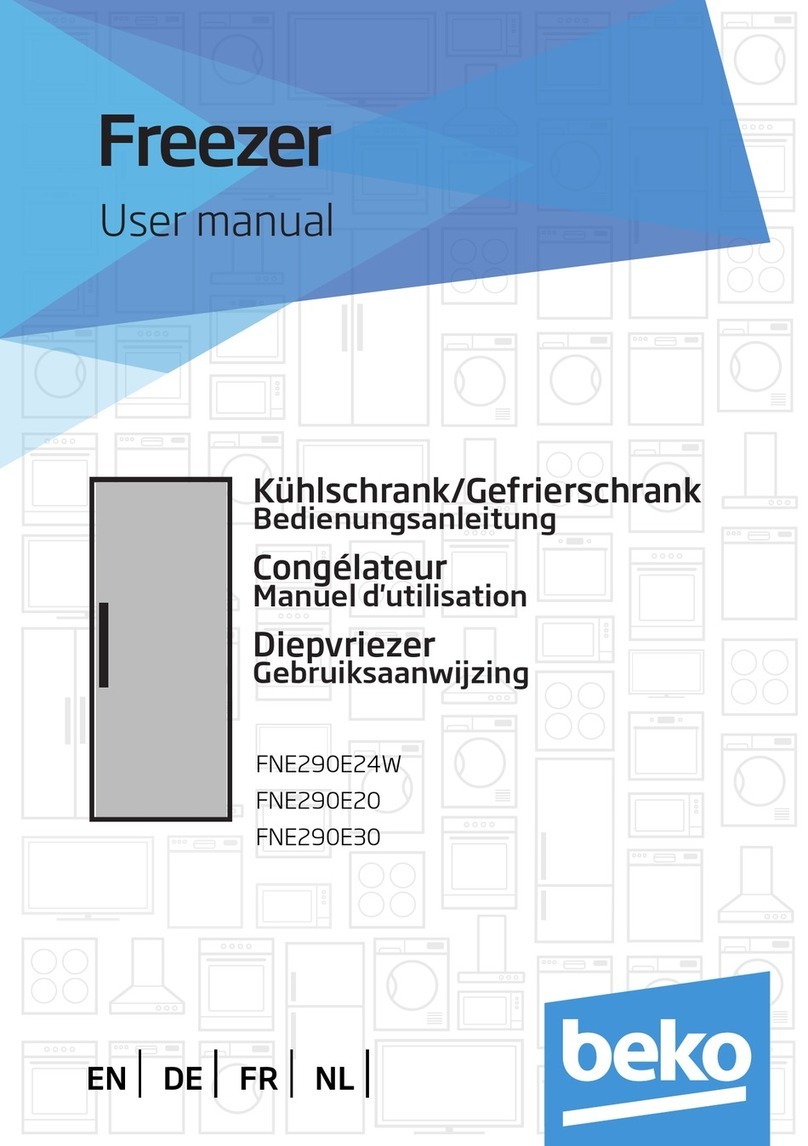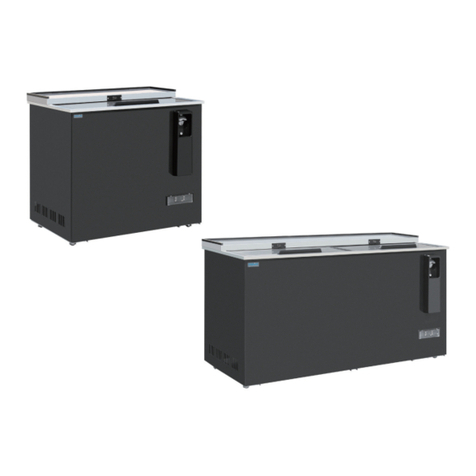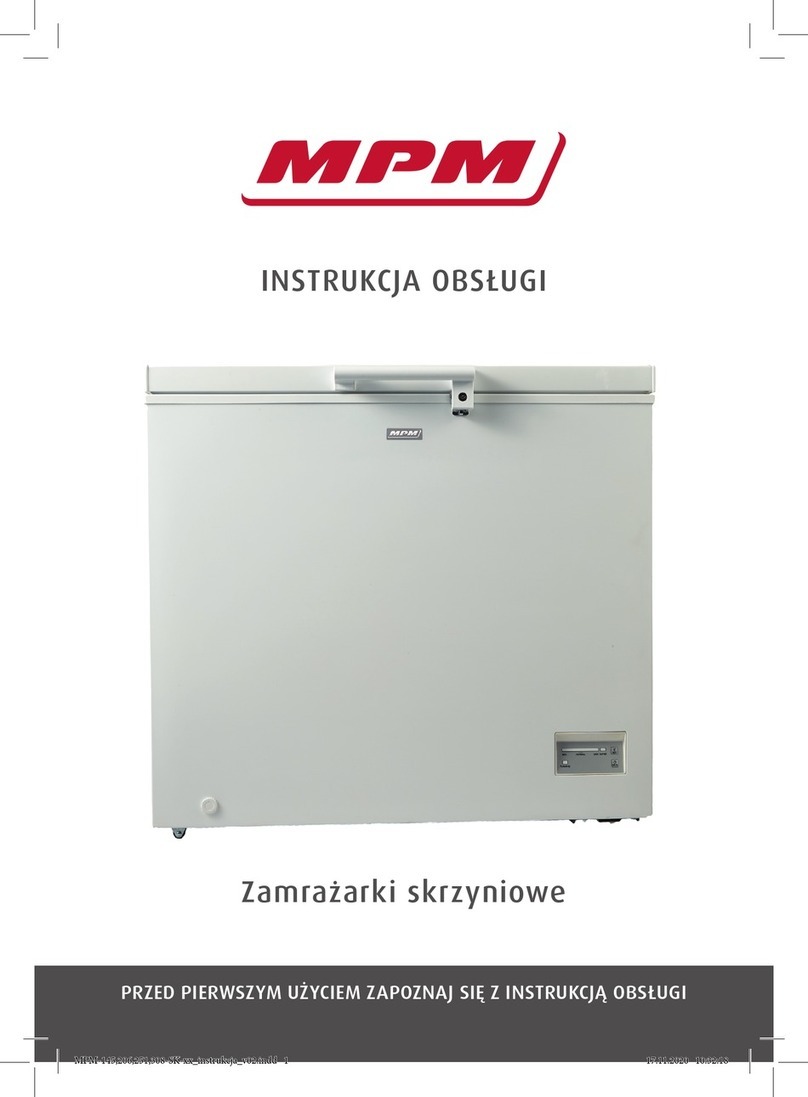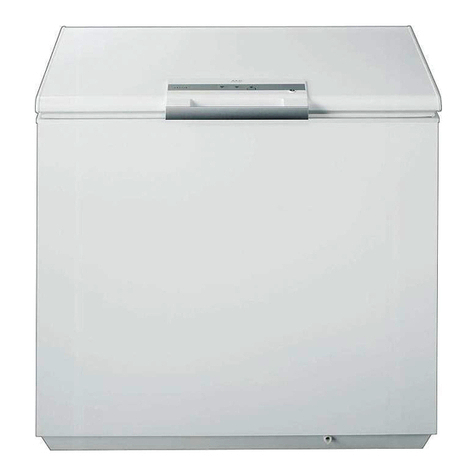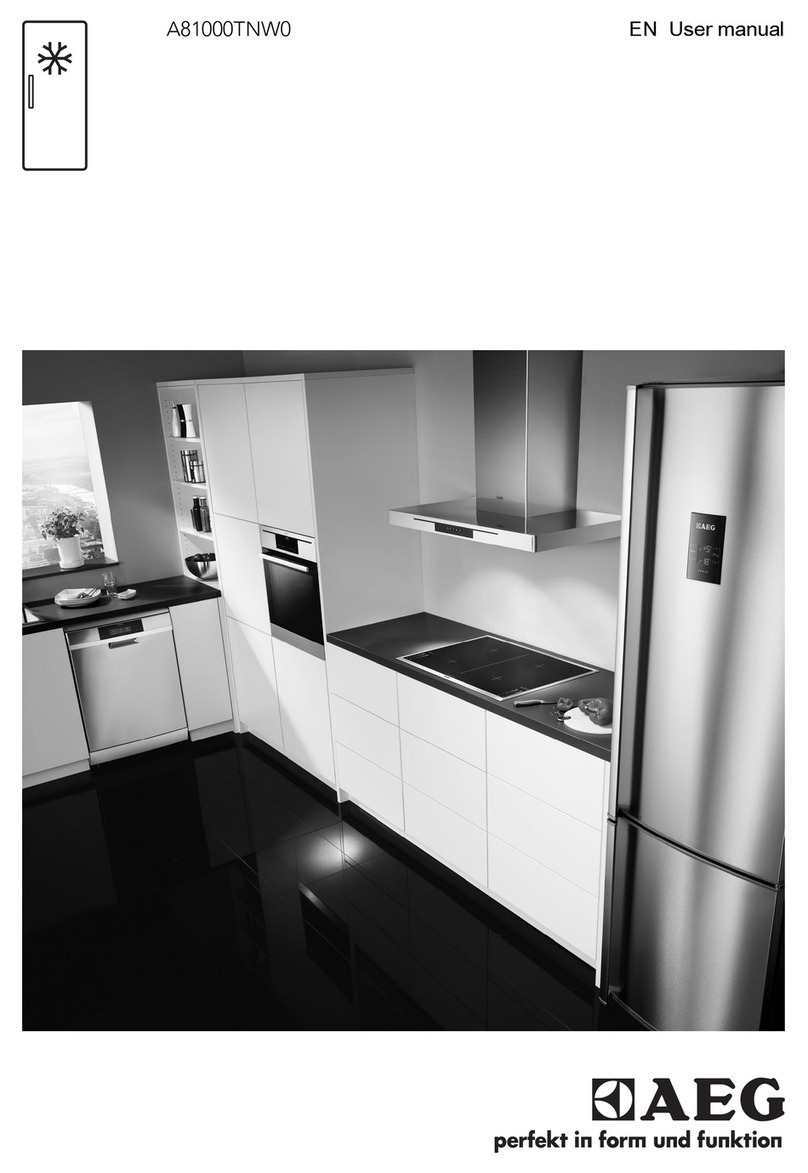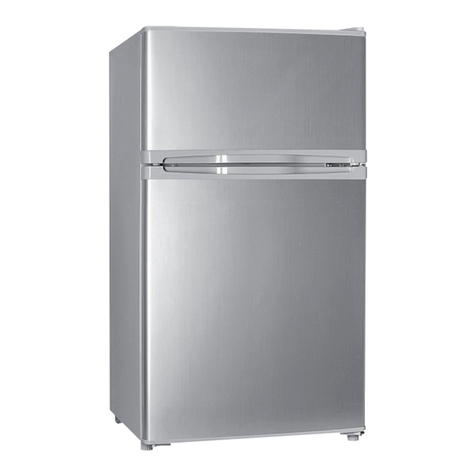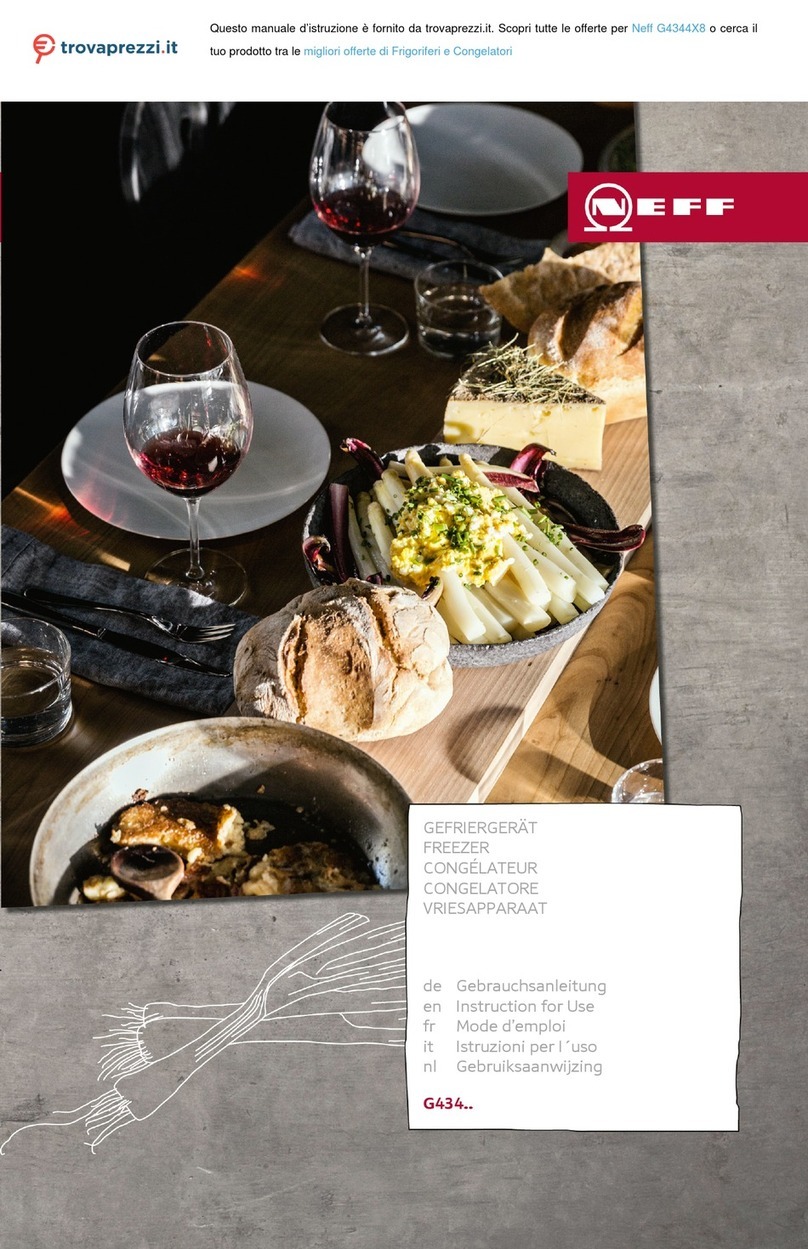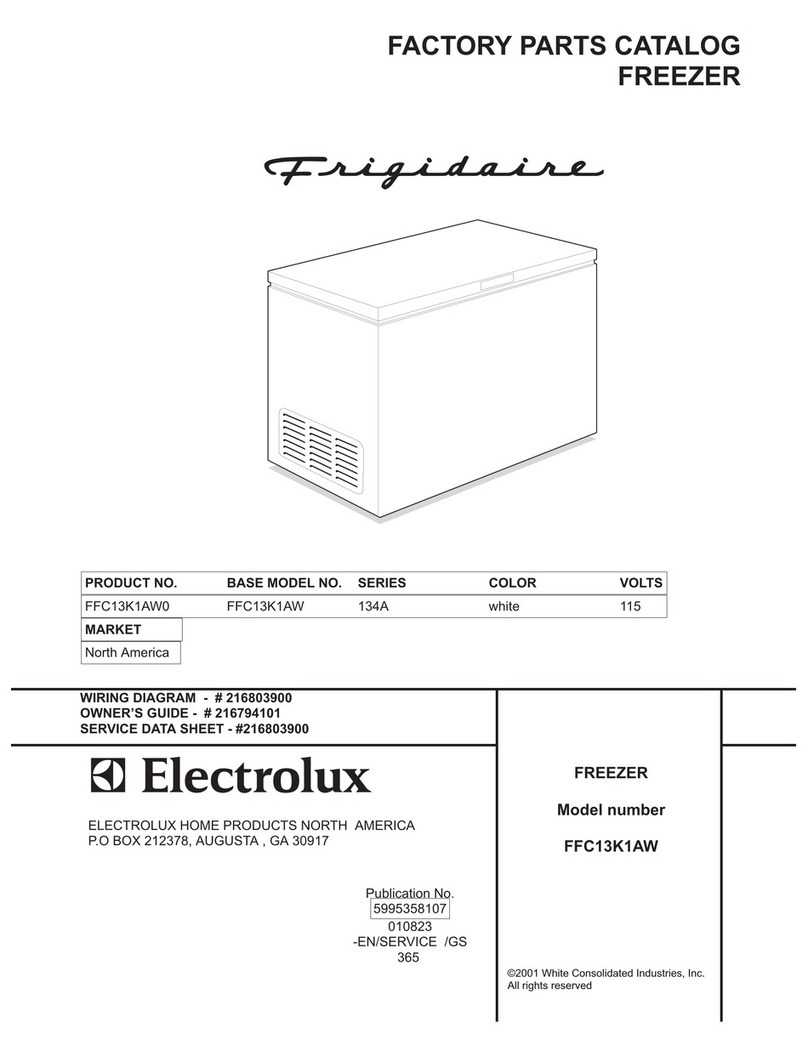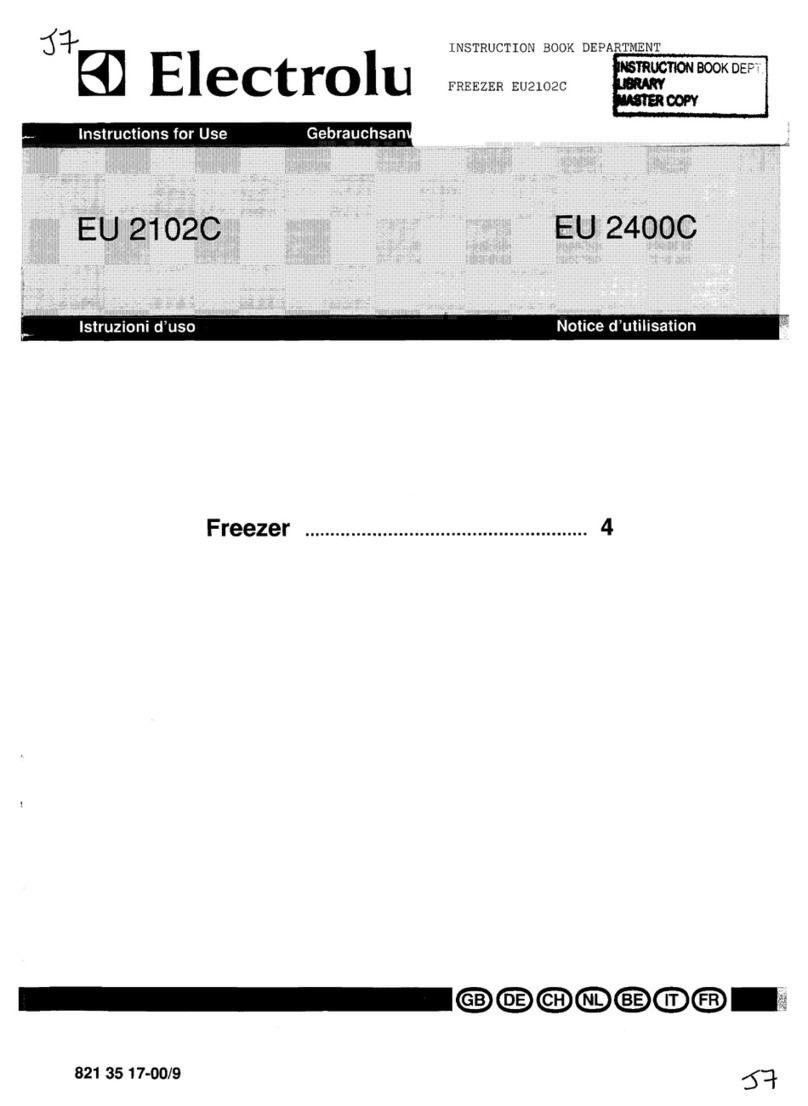Description of the appliance.........................................5
Caring for the environment..........................................7
Warning and Safety instructions .....................................8
How to save energy ...............................................16
Switching on and off ..............................................18
Operation ........................................................18
Switching off .....................................................19
Further settings ...................................................19
Switching off for longer periods of time .................................21
The correct temperature ...........................................22
Setting the temperature in the freezer ..................................22
Temperature range ................................................23
Temperature (Fahrenheit/Celsius) .....................................23
Temperature display ...............................................24
Temperature and door alarm .......................................25
Super freeze .....................................................27
Arranging the interior fittings .......................................28
Moving the shelves ................................................28
Top shelf ........................................................28
Moving the door basket .............................................28
Freezer baskets ...................................................29
Freezing and storing food..........................................30
Maximum freezing capacity..........................................30
Freezing fresh food ................................................30
Storing frozen food ................................................30
Home freezing ....................................................31
Defrosting .......................................................32
Cooling drinks ....................................................33
Ice/water dispenser ...............................................34
Before using the ice/water dispenser for the first time .....................34
Rinsing the pipework ............................................34
Switching on the ice/water dispenser ..................................35
Chilled water ...................................................36
Ice cubes and crushed ice .......................................36
System lock ......................................................37
Lighting .........................................................37
Contents
